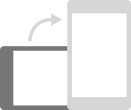How well do babies see?
See the world through your child's eyes
with Vision Direct's baby sight tool!
Designed by our expert optician,
the baby sight tool shows how normal eye sight
develops over the first year after birth.
Please enter your baby's age: months
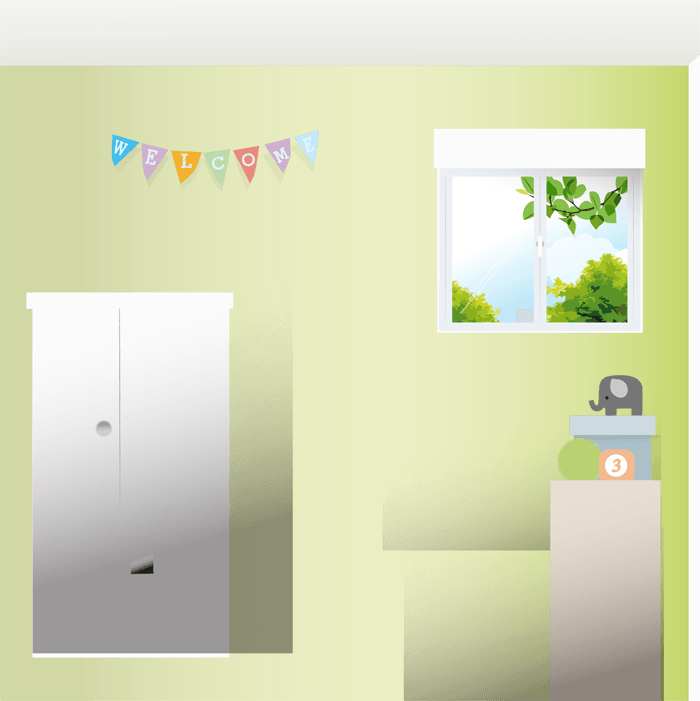
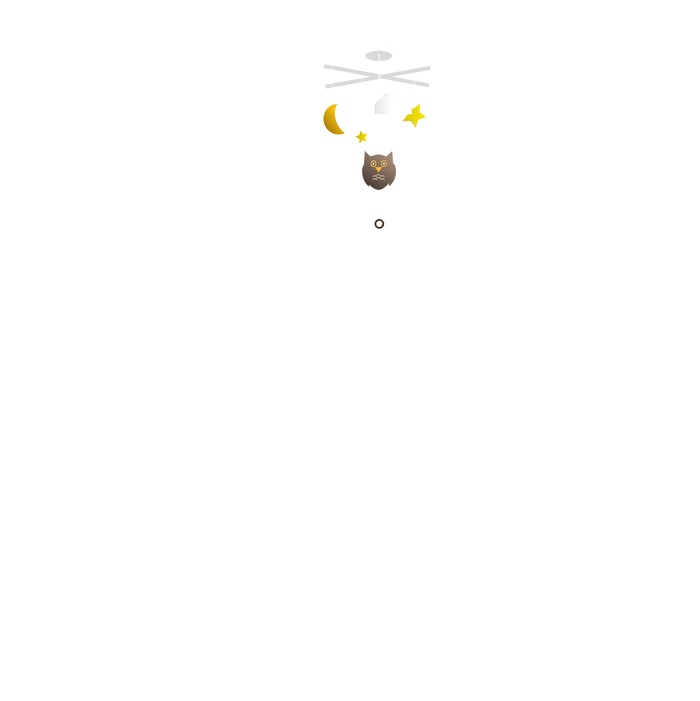
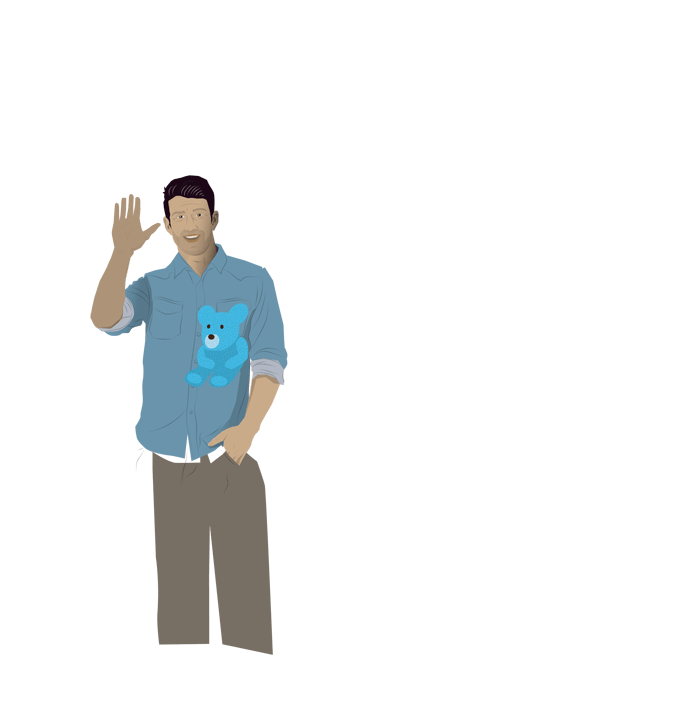
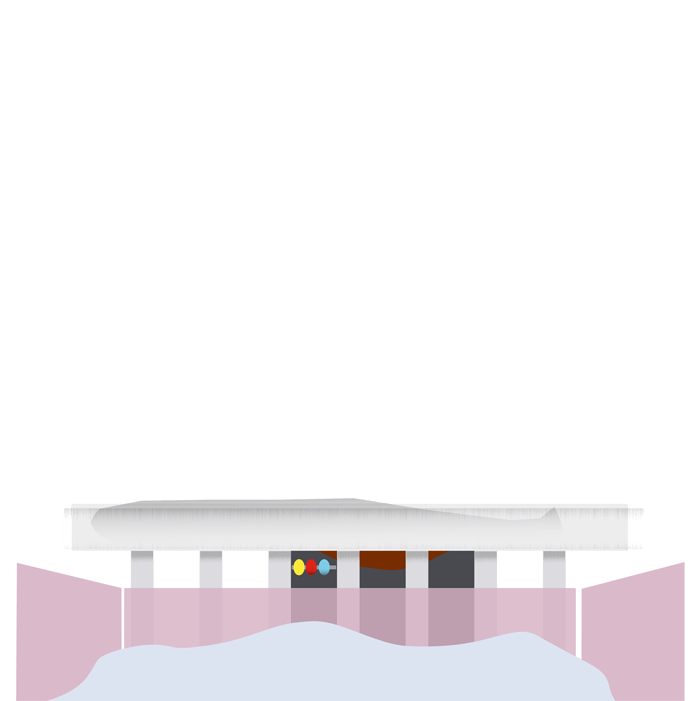
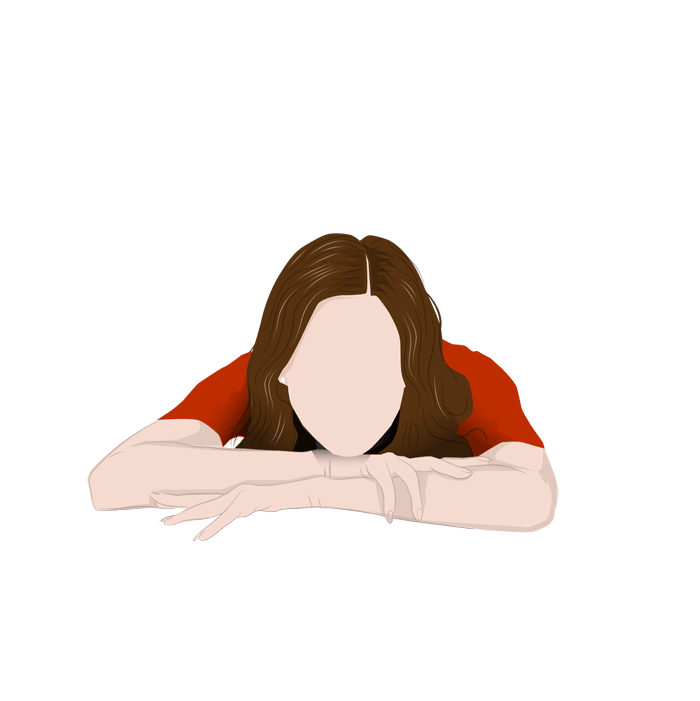
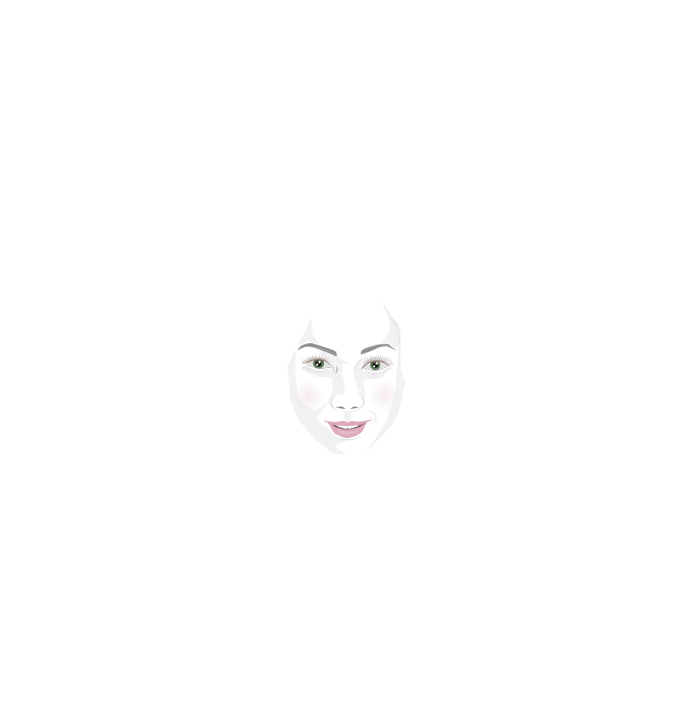


-
Newborn
Your newborn baby sees shapes, light and movement, but only in shades of grey. She can see the face of the person holding her close, but she can’t fix both eyes on an object and it’s normal for her eyes to wander. Anything more than 20-30cm away is a blur.
You might notice that your baby turns instinctively towards sources of light like a window or a lamp. That’s because babies require 50 times more light than adults to realise that it is present and will naturally seek out brighter light sources.
Developmental tips
Although the world is a blur to a newborn baby, she can see your face when you hold her very close. Try to stay within 8-10 inches of your baby’s eyes as much as possible to help develop a visual bond. Be aware that if you drastically change your hairstyle or colour this will make it harder for her to recognise you.
Leaving lights on in the nursery won’t disturb your baby’s sleep and will help you to attend to her needs more quickly, so it’s recommended that you invest in a nightlight.
-
1–2 months
At 1–2 months your baby can sometimes focus both eyes on objects that are very close to her and track objects moving left and right directly in front of her face, but her eyes are still likely to wander occasionally and don’t always work together as a team.
Although your baby could see colours from birth, she was unsure how to differentiate them and the world appeared to be in grey, black and white. Now that she’s a few weeks old, your baby can identify red, orange, yellow and green. She will be drawn to these colours when they are close enough to see.
Developmental tips
Playing “eyes-to-eyes” is a fun way to help your baby learn the skills of focusing and tracking. Get very close to her face and slowly move your head from side to side; her eyes will lock onto yours. You can also try passing rattles or toys in front of her face; this helps her learn how to track objects, as she will try to follow them with her eyes.
You can help your baby to tell colours apart by showing her brightly coloured books, toys and pictures. Decorating the nursery in primary colours and hanging a brightly coloured mobile above your baby’s head will also help her with colour differentiation.
-
3–4 months
This is a really crucial stage in vision development. Your baby’s vision is starting to get sharper and she can use her eyes together to track and focus on objects more. She can shift her focus from one object to another without having to move her head. She will start to reach for things she sees but can’t grab them yet.
Your baby’s light perception and colour identification is also improving, she’s recognising more colours and can identify detailed designs on toys, books or other objects that are close to her.
Developmental tips
Help your baby to recognise objects by moving things around in the nursery, or changing the position of her crib. This will encourage her to look around the room and identify objects she wants.
You can also aid your baby in learning to track objects by talking to her as you walk around the room; her eyes should follow you on your journey.
-
5–6 months
At 5 months colours are clearer to your baby and she is starting to differentiate between softer, subtler shades. Her depth perception is improving, and she can tell how far away an object is from her. You might notice her starting to grab things within arm’s reach, including your hair!
At 6 months your baby can move her eyes quickly to follow moving objects and is beginning to understand object permanence. With better vision comes better hand-eye co-ordination; she can quickly pick up objects and place them in her mouth; something to watch out for! Her visual acuity is now 20/25; almost as good as the 20/20 vision seen in adults with no sight impairments.
Developmental tips
Your child can have their first eye exam at 6 months of age, so be sure to take your baby to the optician for a check up if you have any concerns about their visual development. In the unlikely event that your baby is showing signs of a visual impairment, the quicker this can be diagnosed the greater the chance that it can be corrected before she develops adult sight.
-
7–8 months
When your baby reaches 7-8 months old she will have clear enough vision to recognise people and things from across the room. She can quickly track and grab objects, place them in her mouth and point to them. Her focus is still on objects close by and she still has better short-range than long-range sight.
Developmental tips
Playing peekaboo is a great way to help your baby improve her understanding of object permanence; that items still exist even when she can no longer see them.
Place toys that are easy for your baby to grasp a short distance away from her, so that she can practice locating an object and grabbing it.
At this age babies are also known to mimic your facial expressions, so try puffing out your cheeks and pulling a silly face to see if she follows suit!
-
9–10 months
When she is 9-10 months old your baby’s eyes will be the colour that they’ll stay when she’s grown up; give or take a shade or two.
Her vision is very close to an adult’s now, and she should be able to focus, track objects, recognise you from a distance, grasp things and place them in her mouth. If you are concerned about the development of your baby’s sight at this stage, it is a good idea to seek the advice of an optometrist so that any defects can be quickly dealt with.
Developmental tips
Your baby can now recognise people and objects across a room, so try playing hide and seek or having her recall the name of toys you show her from across the room. Wave at her from the doorway and pull a silly face to see if she pulls it back at you!
-
11–12 months
At 11 months your baby’s vision is almost as clear as an adult’s. She can pick out objects the size of a crumb from a fair distance away, pointing at them and requesting them. She should be able to quickly track and focus on objects and grasp them between her thumb and her forefinger, so encourage her to learn this key skill.
At 12 months your baby’s sight is as clear and sharp as it will be when she is an adult. She can understand the difference between near and far objects and recognise people she knows who approach her from a distance.
Developmental tips
Have your baby start requesting nearby objects, like her bottle or a toy, so that she can learn how to communicate her needs to others.
If she is attempting to walk early, encourage her to crawl for a little longer; crawling helps your baby to develop great hand-eye co-ordination and may help to improve her vision and balance.
Many parents like to take their baby for his or her first full eye exam at around 12 months old. This is just a checkup to catch any early warning signs of problems in your child’s vision.

